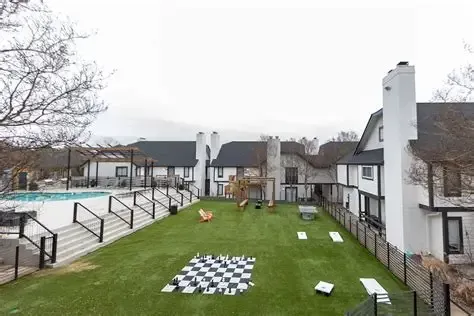BLOG
Affordable upstate
An Alternative Solution to the 'Missing Middle' Housing Crisis
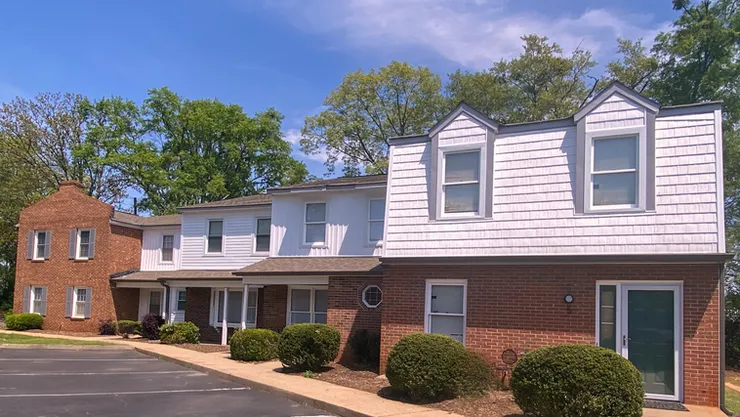
Parkins Ridge Townhomes | Greenville, SC
Key Points
- "Missing Middle" defined: the gap between detached single-family homes and higher-density luxury rentals
- Because of the increased cost of construction, the development of new low- and middle-income housing is practically non-existent
- Low- and middle-income tenants are often forced to choose between renting indecent units or units outside of their affordability (30% of income)
- Reinvesting capital into the existing stock of affordable housing is one key solution to solving the "Missing Middle" Housing Crisis
The multifamily rental market has become increasingly saturated with high-income tenants. In fact, high-income renters now occupy 60% of rentals—30% more than in 2006.
As high-income rental demand surges, new construction has shifted to (nearly exclusively) developing luxury apartments. From a business perspective, it makes sense to cater to the more profitable asset class. They make up over half of the rental population and there’s a higher profit margin. However, many low- and middle-income renters are being left behind as a result.
One key metric for measuring housing affordability is the Area Median Income (AMI). AMI is broken up into percentages to measure where a household’s income lands in respect to the population. The following shows what an average family in the US can afford to spend each month on a two-bedroom apartment based on their AMI:

The chart below shows the asking rents for new two-bedroom apartments. Only 18% of apartments are affordable for those at 50% AMI.
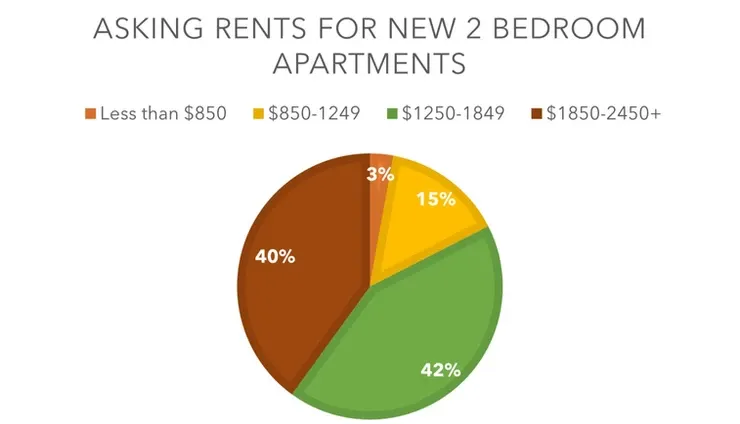
Parkins Ridge Townhomes | Greenville, SC
The lack of affordable housing production forces low- and middle-income families to choose between:

Both options present challenges.
The existing stock of affordable housing is concentrated in aging buildings, often owned by mom-and-pop or out-of-town owners, with deferred maintenance and below-average living conditions. Many families choose to sacrifice decency for affordability.
Other families rent outside of their affordability, whether by choice or necessity. Households paying more than 30% of their income on housing are considered to be ‘cost burdened' and may have difficulty paying for other necessities such as food, medical care, and transportation. This is becoming increasingly common; according to a study by the Federal Reserve, 46.8% of renter households experienced a housing cost burden in 2017.
In response to the growing need for affordable housing options, Opticos Design founder David Parolek coined the phrase Missing Middle Housing. Defined as the gap between detached single-family homes and higher-density luxury rentals, much of the literature surrounding Missing Middle Housing proposes new construction as the only solution. Although there is a definite need for the development of new affordable housing, it’s often not financially feasible.
Emily Badger, a reporter for the Washington Post, describes this challenge:
“We’ve made it very, very difficult in many cities to construct market-rate housing that would be affordable to the middle class or modest renters. It’s economically challenging for developers to create new apartments the median renter could afford — at about $875 a month — while covering the costs of constructing them”
Without financial incentives from the government, it is difficult for the construction of the missing middle housing to be profitable.
So, if building is a limited option, how can the community address the growing need for affordable housing?
One key is the preservation of existing housing. According to a study by the Greenville Housing Fund, it’s 24-40% more expensive to build new than to preserve. By shifting the focus on redeveloping the existing stock of housing, low- and middle-income renters have access to decent, affordable housing and developers can actually afford to provide it.
Want to see what this looks like in practice? Click here to see a recent redevelopment project by AU.
Families shouldn’t have to sacrifice decency for affordability. Reinvesting capital into the existing housing stock provides decent, affordable housing options for renters.
The information contained in this post is provided to you solely for informational purposes only, and is not to be shared, distributed, or otherwise used for any other purpose without direct reference to Affordable Upstate or link back to this post. This post is provided for education and discussion purposes only and does not constitute an offering. Opinions and projections included in this newsletter are provided as of the date of publication, may prove to be inaccurate, and are subject to change without notice. Prospective investors should not treat these materials as advice regarding legal, tax, or investment matters. No recommendations are made to invest in Affordable Upstate nor any other investment. An offering may be made only by delivery of a confidential offering memorandum to appropriate investors. Past performance is no guarantee of future results. Additional information about Affordable Upstate and its performance is available upon request.
